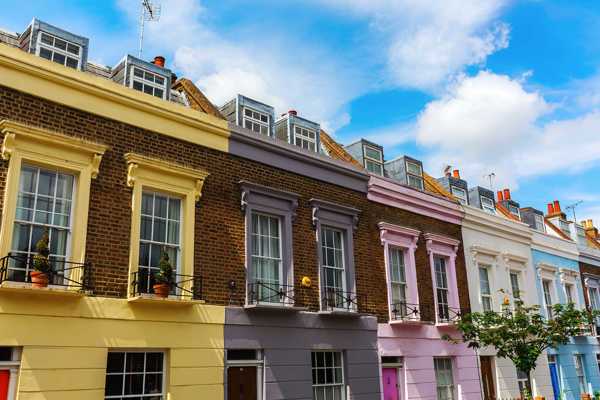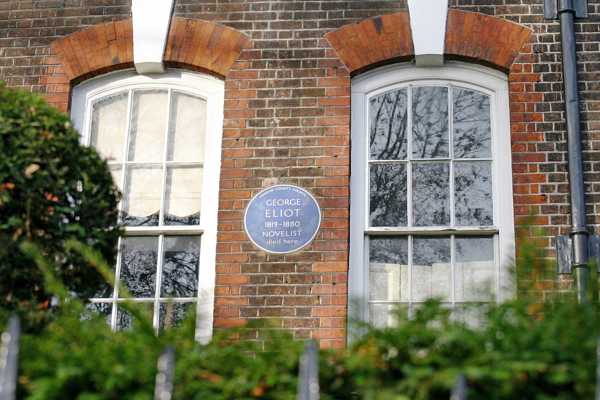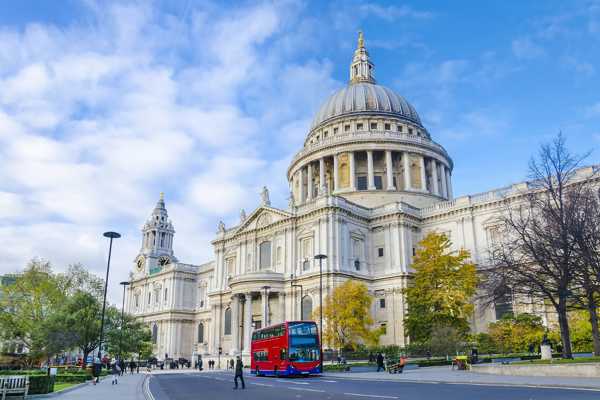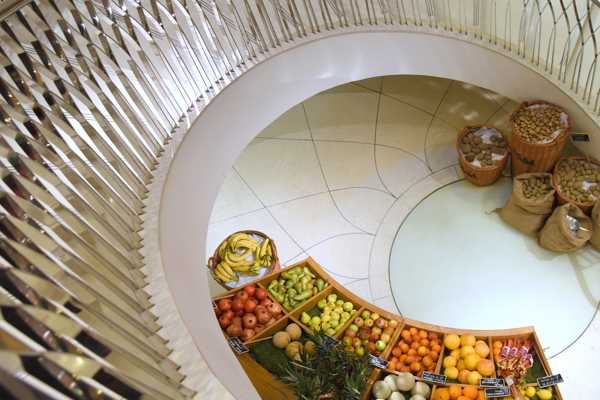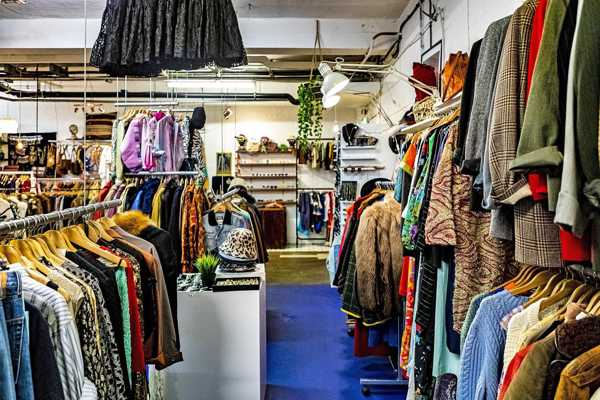The Tate Modern is one of London's most iconic landmarks, featuring a world-leading collection of contemporary art created by a who's who of creative geniuses. Opened in 2000 inside the former Bankside Power Station – a striking art deco building designed by Sir Giles Gilbert Scott – this institution is the most famous of the Tate art galleries which also include Tate Britain, Tate St. Ives, and Tate Liverpool.
Inside this sprawling modern art gallery, you'll discover an expansive array of artworks ranging from paintings and sculptures to photography, movie and live performances. With works by Jackson Pollock, Andy Warhol, Marina Abramovic, Salvador Dalí, and Yayoi Kusama on display, Tate Modern's unparalleled collection is one that will keep art-lovers entertained for hours.
Tate Modern in London - one of the highlights of 8 Places to Learn Something New in London and 10 Most Iconic Buildings in London (Read all about London here)
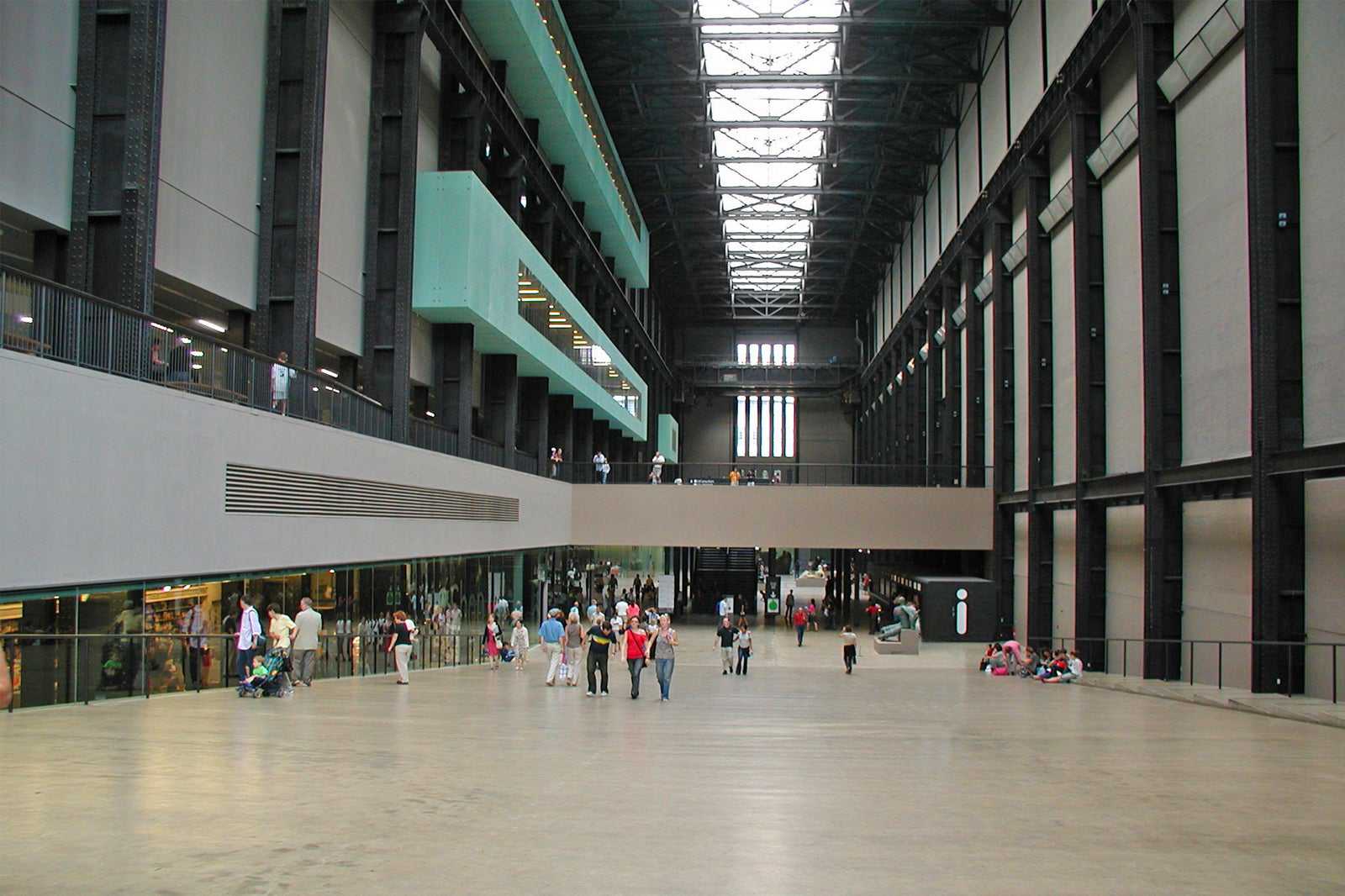
What are the highlights of Tate Modern?
As one of the world's largest modern art galleries, the Tate Modern spans 7 immersive floors of contemporary art. As you make your way through this giant space, you'll enter a variety of architecturally unique rooms that come to life with different art movements, ranging from surrealism and minimalism to post-war abstraction.
Even the entrance to the Tate Modern is a unique experience. As you enter from the riverbank side, you'll delve down into an enormous space known as the Turbine Hall. Although this area was once home to power generators, it has since been transformed into a gallery for colossal artworks stretching up to five storeys tall.
While the institution's permanent collection is certainly incredible, be sure to check out the temporary exhibition schedule to experience something special during your visit.
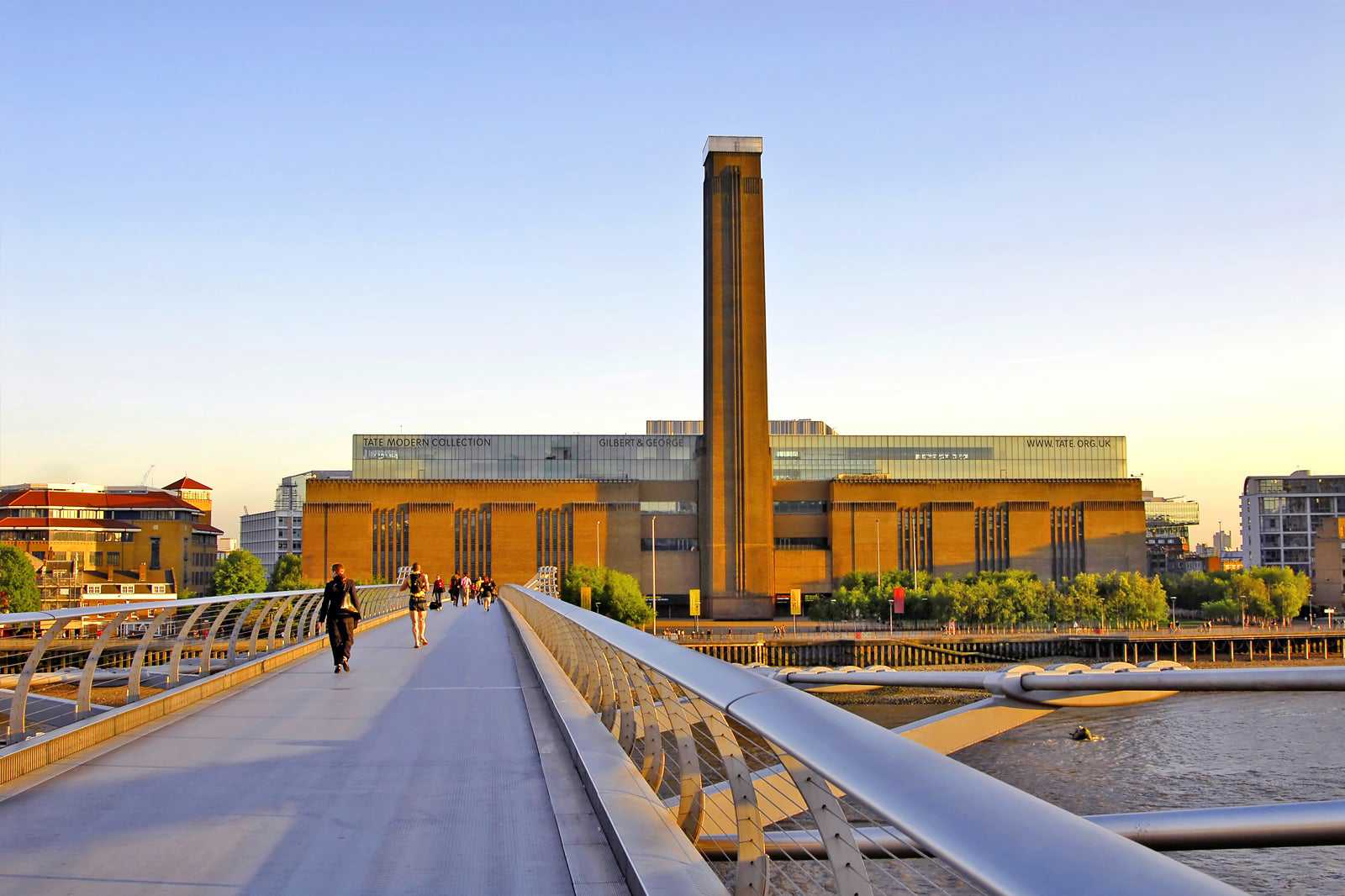
A brief history of Tate Modern
Established in 1897, the Tate art institution was founded by Henry Tate, a wealthy industrialist who amassed a large fortune from sugar. He decided to provide the nation with access to his vast 19th-century art collection by funding the first of the organisation’s galleries called the National Gallery of British Art.
Later renamed Tate Britain, over the following decades, the gallery underwent a range of expansions with the addition of new wings and art collections. Eventually, the institution launched offshoot galleries, with Tate Liverpool opened in 1988 followed by Tate St Ives in 1993.
With Tate Britain beginning to run low on space, Tate Modern was launched in 2000 to house a wide array of local and international contemporary art. With renowned architect Sir Giles Gilbert Scott taking charge of the design, he was also responsible for other celebrated structures, including Battersea Power Station, Liverpool Cathedral and Britain's iconic red telephone box.
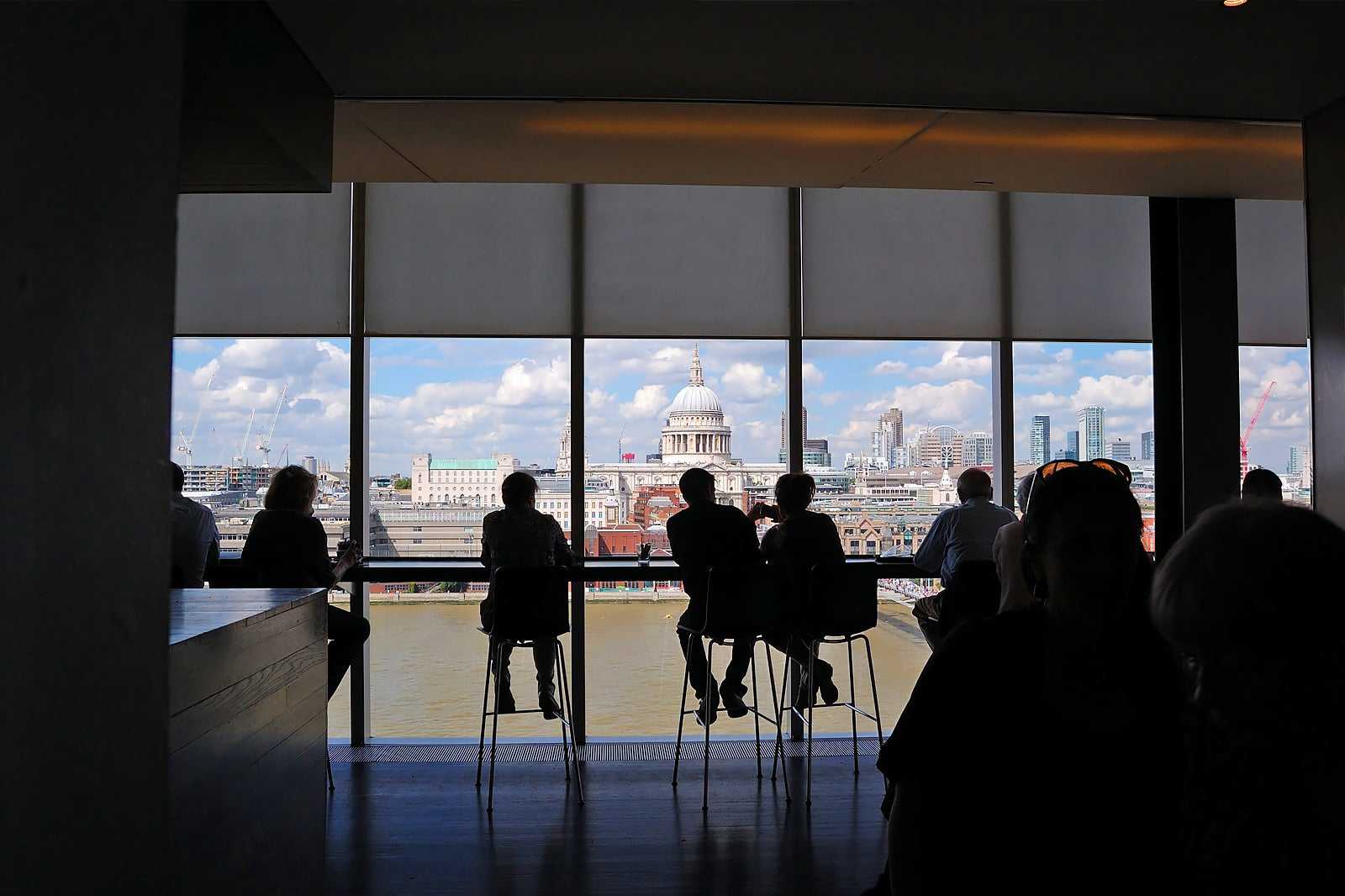
Good to know about Tate Modern
As over 5 million people visit Tate Modern every year, you can expect large crowds throughout the weekend and special events. If possible, plan your visit for a weekday and explore the gallery in relative peace. You can make your way through most of the institution within 2 to 3 hours, but don't miss great coffee and panoramic views at the Tate Modern Terrace Bar.
The Tate Modern is close to the River Thames and the Millenium Bridge. It's also within walking distance of other London landmarks, including Shakespeare's Globe, St Paul's Cathedral and Borough Market. To get to the art museum, the nearest stations are Southwark and Blackfriars, while the 45, 63, 100, RV1, 381 and 344 bus routes are also convenient options.
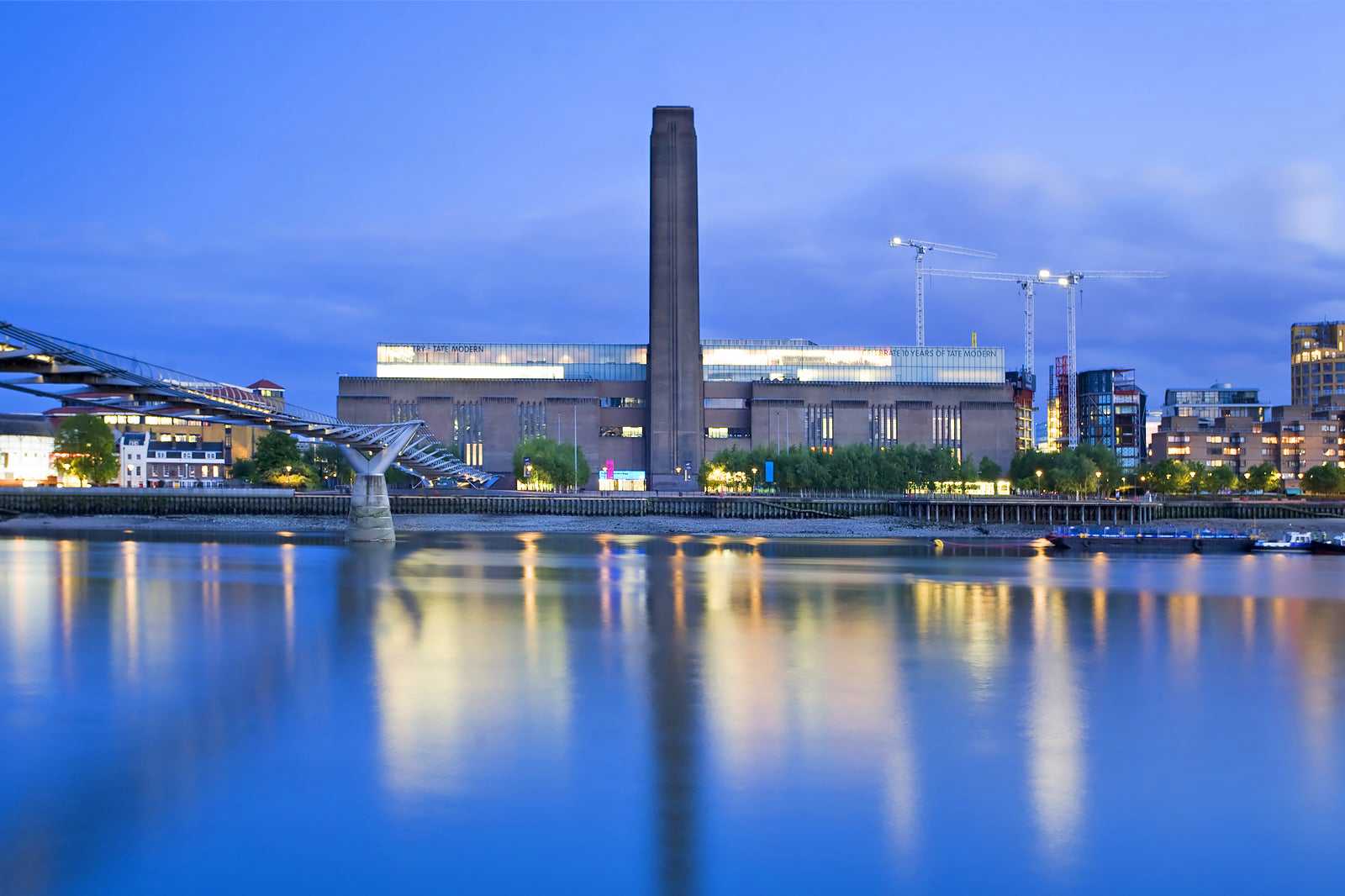
Tate Modern in London
Location: Bankside, London SE1 9TG, UK
Open: Friday–Saturday from 10 am to 10 pm, Sunday–Thursday from 10 am to 6 pm
Phone: +44 (0)207 887 8888












